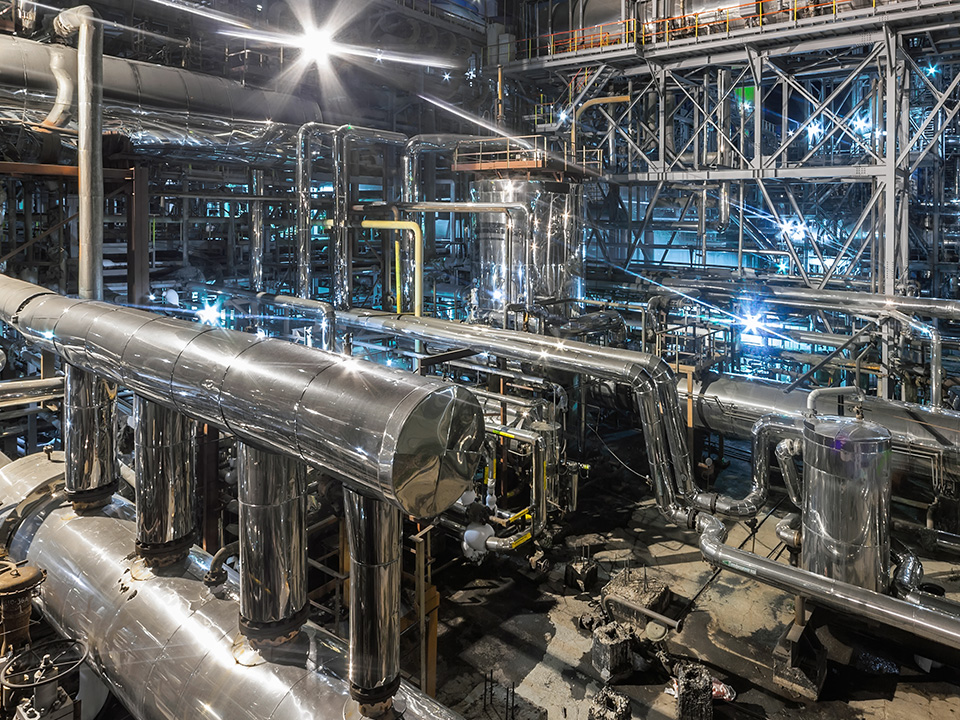
Fuels of the Future Series – Ammonia as a Maritime Fuel
- Author: Ian Gansler and Grace Ochs
As the transport industry considers how to decarbonize realistically and pragmatically, AAPA is looking at the possibilities, policies, and infrastructure needed for alternative fuels. It is worth noting the business and operations of seaports and maritime partners are always AAPA’s paramount priority. Keep this in mind as you enjoy the second installment in AAPA’s Fuels of the Future series, a five-part project, featuring ammonia as an alternative fuel.
Ammonia is poised to both play an important part in the decarbonization of maritime transportation and offer transition options for achieving zero-emission transportation. The production of this climate friendly alternative is versatile — which makes adoption easy. It is cheaper than hydrogen and can apply in both combustion engines and fuel cells. Ammonia is included as a fuel source under the Hydrogen for Ports Act (S.3111) which, if passed, will provide funding to projects using ammonia for cargo handling equipment, trucks at ports, ferries, tugboats, dredging vessels, container ships, bulk carriers, fuel tankers, and other marine vessels.
Today, most ammonia in use is made from hydrocarbons, which provide no CO2 emission abatement. This “brown” ammonia source does not constitute clean energy; however, by implementing carbon capture and storage technologies, emissions can lessen and thereby characterize this fuel as “blue” ammonia. To truly classify as a zero-carbon fuel, “green” ammonia production must come from renewable energy sources.
Due to the nature of fuel cells, ammonia is easier to store than hydrogen; it does not require the same amount of refrigeration infrastructure, lowering initial costs. Additionally, when compared to hydrogen fuel cells, ammonia generally has a higher energy utilization rate, making it a more efficient fuel source. However, ammonia requires special handling and robust safety precautions, as it is highly toxic to humans at low exposure levels, so training and safety procedures are of the utmost importance.
Overall, ammonia is a viable fuel source that could prove cheaper and more efficient than hydrogen, allowing industry to ramp up emissions reductions by moving from brown to green ammonia gradually.
Green ammonia has emerged as a potential fuel source for the maritime industry in recent years, with many companies seeking to establish supply chains and vessels that will utilize ammonia fuel. Viking Energy’s ShipFC project includes a large 2MW ammonia fuel cell retrofit that is currently underway. Once implemented, the ammonia fuel cell will allow a vessel to sail solely on ammonia energy produced by electrolysis for up to 3,000 hours annually. Scheduled for 2023, this will be the first installation of an ammonia-powered fuel cell on a vessel.
The Zero Emission Energy Distribution at Sea initiative (ZEEDS), a coalition of five Nordic maritime partners, is working to promote ammonia as a maritime fuel. Their projects include the conversion of vessels to green ammonia propulsion, developing the world’s first GHG emission-free tanker, establishing an offshore hub production unit — for both hydrogen and ammonia — using wind power, and supporting the creation of an onshore green ammonia supply chain.
AAPA continues to work with partners, members, and government to prepare ports as low and zero-emission shipping alternatives become more common. Look out for future spotlights on alternative fuels for ocean shipping, including methanol and liquefied natural gas, and check out AAPA’s previous Fuels of the Future article on hydrogen as a maritime fuel.
